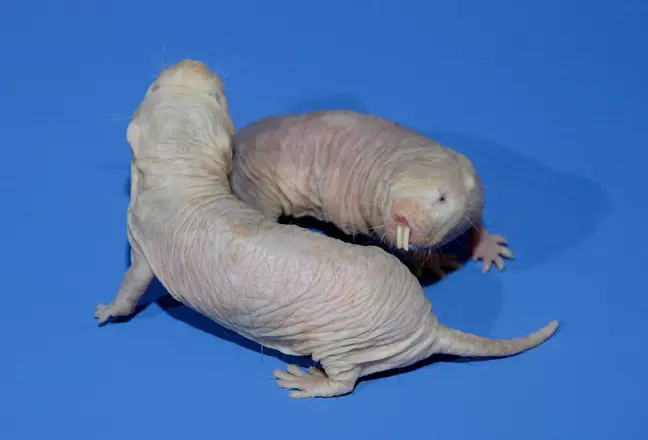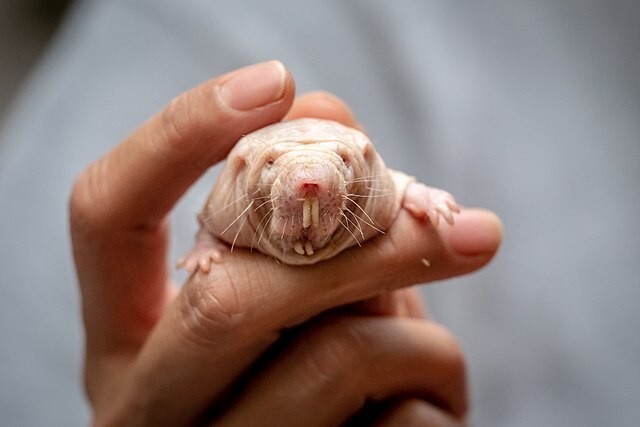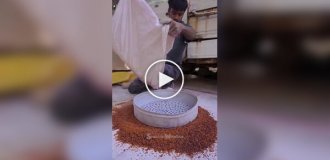Naked mole rat genes can extend human life (5 photos)
Naked mole rats could be the key to human longevity. Scientists have successfully extended the lifespan of mice when they discovered a "longevity gene" in these hairless animals. 
A team of scientists from the University of Rochester, USA, investigated the unusual gene of naked mole rats - small burrowing rodents. They live underground in sub-Saharan Africa and don't get cancer and hardly age. The whole secret of their resistance to biological aging lies in the strong expression of hyaluronan synthase 2 (HAS2) - this is a gene that responsible for the production of hyaluronic acid, which, in turn, protects against damage and regenerates cells. Scientists have successfully increase the lifespan of normal mice using this particular gene. 
Since naked mole rats produce more hyaluronic acids than other rodents, they became ideal candidates for research. Their life expectancy is up to 41 years, which about ten times larger than similarly sized rodents. IN unlike many other species, with age, naked mole rats are extremely rarely develop cancer, arthritis, or cardiovascular disease. TO besides, female diggers are fertile until death. 
During the study, scientists genetically modified normal mice and received a naked version of the HAS2 gene. The modification led to that mice have improved health, developed resistance to cancer, and average life expectancy increased by 4.4%. According to scientists, this gene can extend the life of other mammals - even humans.
"Our study is proof that unique rodent longevity mechanisms can be used to increase lifespan of other mammals," said Dr. Vera Gorbunova, one of the authors of the study. 
"We have already identified molecules that slow down degradation of hyaluronic acid. Now we are testing them in preclinical tests. We hope that our results will be the first, but not the last an example of how longevity mechanisms in long-lived species can be adapted in the interests of human longevity and health," says Andrey Seluanov, another author of the study. 





















